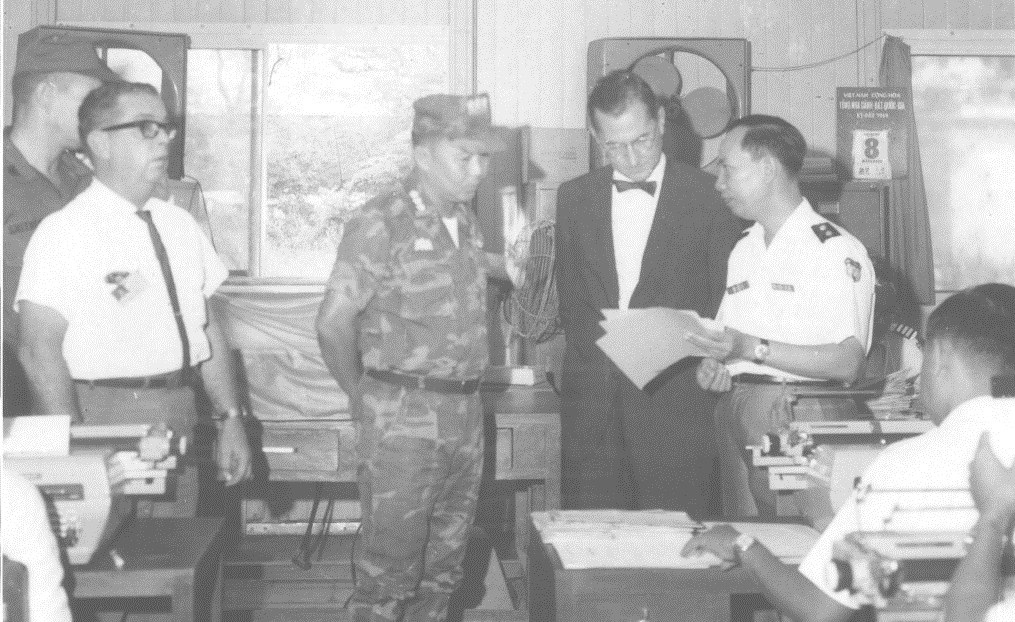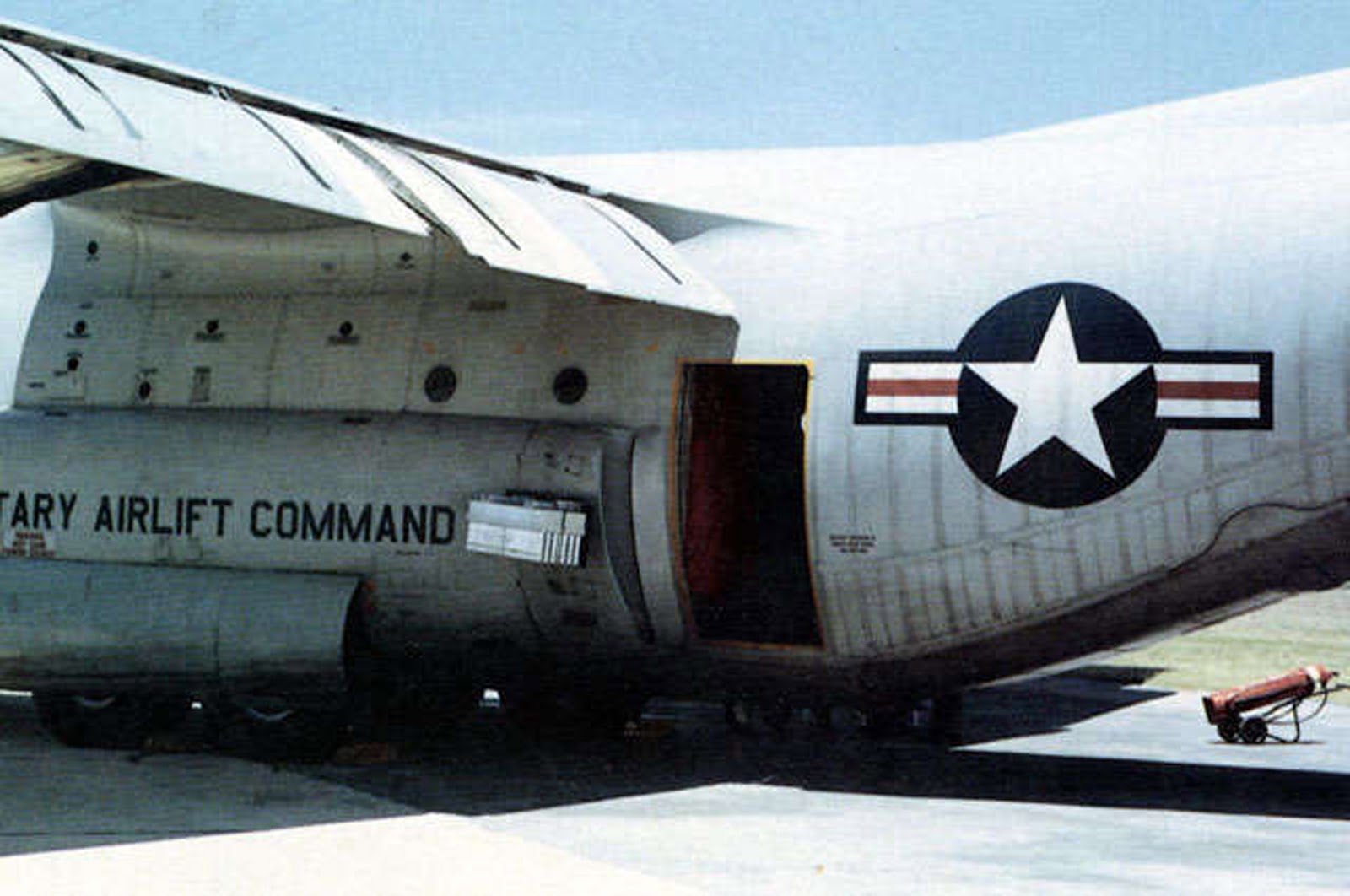In 1969, a shocking scandal rocked the US military and the public. A group of elite soldiers, known as the Green Berets, were accused of murdering a Vietnamese double agent and covering up the crime. The case exposed a secret war within the war, involving the CIA, the Army, and the Special Forces. It also raised questions about the morality and legality of covert operations in a foreign country. This is the story of the Green Beret affair, and how it revealed the dark side of the Vietnam War.
The Green Berets and the CIA
The Green Berets, officially called the US Army Special Forces, were created in the 1950s to conduct unconventional warfare, such as guerrilla warfare, counterinsurgency, and psychological operations. They were trained to work with local allies, speak foreign languages, and operate behind enemy lines. They were also known for their distinctive headgear, a green beret that symbolized their elite status.
The CIA, or Central Intelligence Agency, was the main US intelligence agency, responsible for gathering and analyzing information, conducting espionage, and carrying out covert actions. The CIA had a long history of involvement in Vietnam, dating back to the 1950s, when it supported the anti-communist regime of South Vietnam and its leader, Ngo Dinh Diem. The CIA also recruited and trained agents, informers, and spies among the Vietnamese population, especially among the ethnic minorities, such as the Montagnards, who lived in the mountainous regions near the border with Laos and Cambodia.
The Green Berets and the CIA had a close and complicated relationship in Vietnam. On one hand, they shared a common goal of fighting communism and supporting the South Vietnamese government. On the other hand, they often had different agendas, methods, and interests. The Green Berets focused on building rapport and trust with the local people, while the CIA relied on bribes, threats, and deception. The Green Berets operated under the military chain of command, while the CIA answered to a civilian authority. The Green Berets valued loyalty and honor, while the CIA valued secrecy and results.
The Green Berets and the CIA also competed for resources, influence, and control over the covert operations in Vietnam. The CIA had more money, power, and access to the highest levels of the US government. The Green Berets had more experience, expertise, and respect among the Vietnamese allies. The CIA typically interfered with the Green Berets’ missions, and the Green Berets often resented the CIA’s meddling. The CIA also used the Green Berets as its own private army, hiring them to carry out its dirty work, such as assassinations, sabotage, and kidnappings.
The Double Agent and the Murder
One of the CIA’s most valuable assets in Vietnam was a man named Thai Khac Chuyen, a Vietnamese national who worked as an interpreter and a liaison officer for the Green Berets. Chuyen was also a double agent, who secretly reported to the North Vietnamese and the Viet Cong, the communist guerrillas who fought against the US and the South Vietnamese. Chuyen provided the communists with vital information about the Green Berets’ activities, locations, and plans. He also sabotaged some Green Berets’ operations, such as blowing up a radio station and a bridge.
The CIA was unaware of Chuyen’s betrayal, until one of its own agents, a Montagnard named Y Bham Enuol, defected to the North Vietnamese and revealed Chuyen’s identity. The CIA then informed the Green Berets of Chuyen’s treachery, and ordered them to capture and interrogate him. The Green Berets, led by their commander, Colonel Robert Rheault, devised a plan to lure Chuyen into a trap. They invited him to join them on a trip to Nha Trang, a coastal city in South Vietnam, where they planned to kidnap him and take him to a secret location for questioning.
The plan went smoothly, until the Green Berets realized that they had a problem. They had no legal authority to detain Chuyen, who was a civilian employee of the US government. They also had no way to transport him to a secure facility, without arousing suspicion or attracting attention. They decided to improvise, and took Chuyen to a nearby island, where they tied him to a tree and interrogated him for several hours. Chuyen confessed to being a double agent, and gave the names of his contacts and handlers. He also begged for mercy, and offered to cooperate with the Green Berets.
The Green Berets faced a dilemma. They had obtained valuable information from Chuyen, but they also had a dangerous enemy in their hands. They could not release him, because he would expose their operation and endanger their lives. They could not turn him over to the South Vietnamese authorities, because they would torture him and execute him. They could not bring him back to the US, because they would face legal charges and public scrutiny. They could not keep him on the island, because they would risk being discovered and attacked. They decided to take matters into their own hands, and eliminate Chuyen.
The Green Berets, with the approval of Colonel Rheault, injected Chuyen with a lethal dose of morphine, and threw his body into the sea. They then fabricated a cover story, claiming that Chuyen had escaped from their custody, and that they had lost track of him. They reported their version of the events to the CIA, and hoped that the matter would be closed. They were wrong.
The Arrest and the Trial
The CIA was not satisfied with the Green Berets’ explanation, and launched an investigation into Chuyen’s disappearance. The CIA suspected that the Green Berets had killed Chuyen, and wanted to find out the truth. The CIA also wanted to protect its own reputation, and avoid any scandal or controversy. The CIA pressured the Army to cooperate with its inquiry, and threatened to expose the Green Berets’ involvement in its covert operations.
The Army, under the command of General Creighton Abrams, the top US military officer in Vietnam, agreed to assist the CIA, and ordered the arrest of the Green Berets. On July 6, 1969, seven Green Berets, including Colonel Rheault, were taken into custody and charged with murder and conspiracy to commit murder. They were flown to a military prison in Long Binh, where they were held in isolation and interrogated. They were also denied access to their lawyers, their families, and the media.
The arrest of the Green Berets caused a sensation in the US and around the world. The Green Berets were seen as heroes, who had risked their lives to fight communism and defend freedom. The public was outraged by the treatment of the Green Berets, and demanded their release and exoneration. The media was fascinated by the story, and speculated about the motives and the evidence behind the charges. The politicians were divided, and debated about the implications and the consequences of the case. The Green Berets became the center of a national controversy, and a symbol of the moral and legal dilemmas of the Vietnam War.
The Green Berets, meanwhile, prepared to defend themselves in a court-martial, a military trial. They hired lawyers, who challenged the validity and the legality of the charges. They claimed that they had acted in self-defense, and that they had followed the orders and the rules of the CIA. They also argued that they had done their duty, and that they had served their country. They also revealed some secrets and the details of their covert operations, and exposed the role and the responsibility of the CIA.
The CIA, however, denied any involvement or knowledge of the murder of Chuyen. The CIA claimed that it had only asked the Green Berets to interrogate Chuyen, and that it had not authorized or condoned his killing. The CIA also refused to cooperate with the defense, and withheld any evidence or witnesses that could support the Green Berets’ claims. The CIA also tried to distance itself from the Green Berets, and portrayed them as rogue agents, who had acted on their own and violated the law.
The trial of the Green Berets was set to begin on September 29, 1969, in Fort McPherson, Georgia. It was expected to be a long and complex trial, involving hundreds of witnesses, thousands of documents, and countless issues and arguments. It was also expected to be a historic and controversial trial, that would reveal the truth and the consequences of the Green Beret affair, and the CIA’s role in the Vietnam War.
The Dismissal and the Aftermath
The trial of the Green Berets, however, never took place. On September 28, 1969, the day before the trial was scheduled to start, the Army announced that it had dropped all the charges against the Green Berets, and that it had released them from custody. The Army stated that it had dismissed the case, because it had found insufficient evidence to prove the guilt of the Green Berets, and because it had encountered difficulties in obtaining the cooperation of the CIA. The Army also stated that it had decided to end the case, in order to preserve the national security and the public interest.
The dismissal of the case was a surprise and a relief for the Green Berets, who had faced the possibility of life imprisonment or death penalty. They were greeted by their families, friends, and supporters, who celebrated their freedom and their vindication. They were also praised by their fellow soldiers, who admired their courage and their loyalty. They were also honored by their commander-in-chief, President Richard Nixon, who invited them to the White House, and thanked them for their service and their sacrifice.
The dismissal of the case was also a disappointment and a frustration for the CIA, who had hoped to convict and punish the Green Berets, and to clear its own name. The CIA felt that the Army had caved in to the public pressure and the political interference, and had sacrificed the justice and the truth. The CIA also feared that the case would damage its credibility and its authority, and would expose its secrets and its operations.
The dismissal of the case was also a controversy and a mystery for the public, who had followed the case with interest and curiosity. The public wondered why the charges had been dropped, and what had really happened to Chuyen. The public also questioned the role and the responsibility of the CIA, and the legality and the morality of its actions. The public also debated the ethics and the consequences of the war, and the rights and the duties of the soldiers.
The Green Beret affair was one of the most sensational and scandalous episodes of the Vietnam War, and one of the most revealing and disturbing examples of the CIA’s involvement and influence in the war. The case showed the complexity and the conflict of the covert operations, and the difficulty and the danger of the special forces. The case also reflected the confusion and the controversy of the war, and the division and the disillusionment of the nation. The case was a turning point and a tragedy for the Green Berets, the CIA, and the US.




